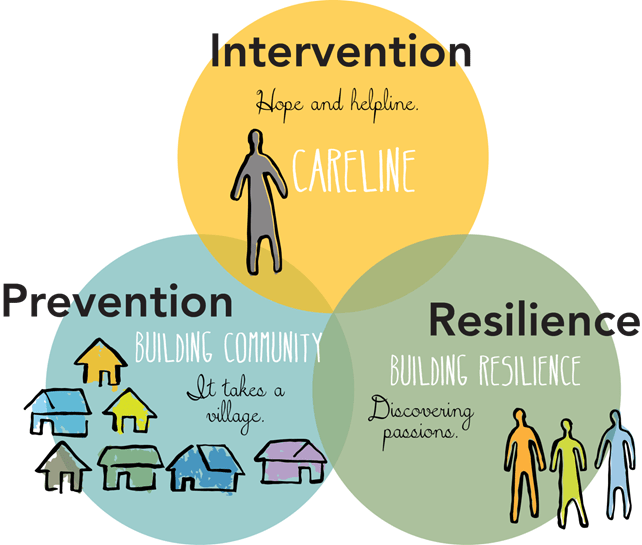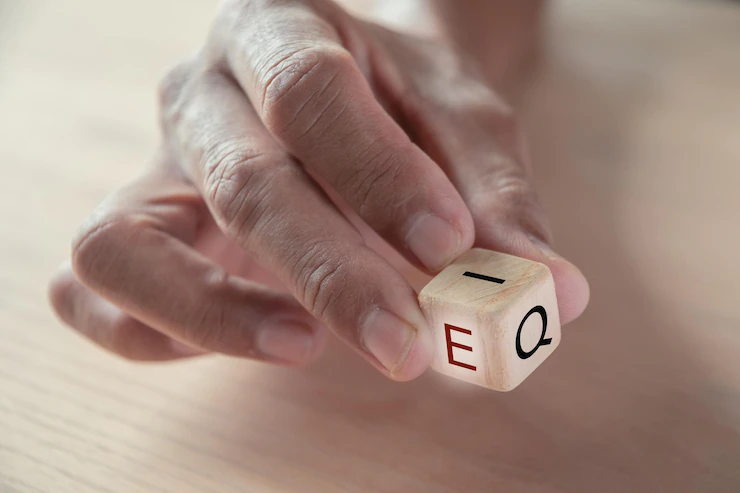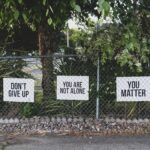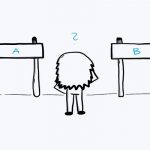With rising psychological well-being difficulties, the development of self-destruction bunches remains a major problem requesting critical mediation. Self-destruction bunches, portrayed by a progression of suicides or endeavors inside unambiguous networks, address a profoundly complicated issue that requires investigation. This blog plans to take apart the underlying drivers behind these bunches, propose viable anticipation measures, and proposition methodologies for adapting in the repercussions. By revealing insight into these perspectives, we seek to add to the making of versatile and strong networks.
Causes of Suicide Clusters:
Social Infection:
Description: Social disease alludes to the peculiarity where self-destructive considerations or ways of behaving spread inside a gathering, making a gradually expanding influence of gloom and weakness.
Example: In an affectionate town, the grievous loss of a youthful person to self-destruction made a rush of sadness among peers who, impacted by shared encounters and feelings, started to wrestle with comparable contemplations.
Media Impact:
Description: Media impact includes the effect of sensationalized or itemized revealing of suicides, which can add to the infection impact by glamorizing or normalizing foolish ways of behaving.
Example: A broadly promoted self-destruction episode was covered widely by the media, with nitty gritty and sensationalized detailing. This inclusion prompted an unsettling expansion in self-destruction endeavors among weak people who looked for acknowledgment and ID.
Copycat Peculiarity:
Description: The copycat peculiarity alludes to occurrences where people mirror the self-destructive activities of others, frequently determined by a craving for consideration or acknowledgment.
Example: Following the high-profile self-destruction of a well-known person, there were occurrences of people endeavoring to imitate the demonstration, driven by a craving for a similar consideration and saw greatness.
Local area Stressors:
Description: Local area stressors include outside variables like financial slumps, social turmoil, or different difficulties that can add to an elevated gamble of self-destruction bunches.
Example: During a serious monetary slump in a little local area, the expanded pressure, work uncertainty, and monetary strain became contributing variables to a flood in self-destruction endeavors.
Prevention Measures:
Mindful Media Announcing:
Description: Dependable media revealing includes embracing rules to stay away from sentimentality and realistic subtleties in self-destruction detailing, planning to forestall adding to the disease impact.
Example: News sources, perceiving their impact, embraced dependable detailing rules. They zeroed in on conveying the misfortune without melodrama, avoiding realistic subtleties that could add to the virus’s impact.
Local area Instruction Projects:
Description: Local area schooling programs center around giving data about psychological well-being, perceiving cautioning signs, and encouraging open exchange to lessen shame and increment mindfulness.
Example: A neighborhood school executed a far-reaching emotional wellness training program, furnishing understudies with the information to perceive advance notice signs, cultivating open exchange, and diminishing the shame around looking for help.
Admittance to Psychological Well-being Administrations:
Description: Guaranteeing admittance to psychological well-being administrations includes giving network facilities, hotlines, and support gatherings to diminish boundaries and proposition prompt help during seasons of emergency.
Example: A people group, recognizing the requirement for open emotional wellness administrations, laid out local area facilities, hotlines, and support gatherings to guarantee prompt help during seasons of emergency.
Postvention Methodologies:
Description: Postvention methodologies include creating plans to help those impacted after a self-destruction, including directing administrations and care groups, to help with mending and forestall further episodes.
Example: In the fallout of a self-destruction bunch, a local area started postvention methodologies, including guiding administrations and care groups. These assets are intended to help those impacted and forestall further occurrences.
Art Therapy and Innovative Outlets:
Description: Participating in workmanship treatment or imaginative outlets can furnish people with a non-verbal method for communicating their feelings and exploring the intricacies of pain.
Example: Public venues putting together craftsmanship treatment meetings and imaginative studios where people impacted by a self-destruction group can channel their feelings into creative articulation.
Peer Backing Projects:
Description: Laying out peer support programs where people who have encountered comparable misfortunes can interface and give common comprehension and consolation.
Example: A people group framing an organized friend encouraging group of people where overcomers of self-destruction bunch misfortunes can share encounters, methods for dealing with especially difficult times, and proposition consistent reassurance to each other.
Local area Strength Preparing:
Description: Executing people group flexibility preparing projects to outfit inhabitants with the abilities and information expected to explore and return quickly from affliction.
Example: Teaming up with psychological wellness experts to direct local area-wide versatility preparing studios that engage people to help each other during testing times.
Early Intercession Projects:
Description: Growing early intercession programs that distinguish and uphold people in danger of psychological wellness battles before they rise to an emergency level.
Example: Making people group drives that include customary psychological wellness registrations, where people can look for help and assets to address worries before they arrive at a basic stage.
How Friends Can Help YOU
Active Listening:
Description: Effectively pay attention to their viewpoints and sentiments without judgment or interference.
Model: ” I’m hanging around for you. Kindly offer what you’re alright with, and I’m prepared to listen at whatever point you really want.”
Sympathy and Understanding:
Description: Show sympathy and grasping about their feelings and battles.
Model: ” I can’t envision what you’re going through, however I’m here to help you in any capacity you really want. Your sentiments are substantial.”
Regular Check Ins:
Description: Consistently monitor their prosperity to show continuous help.
Model: ” I needed to perceive how you’re doing today. Assuming there’s anything at the forefront of your thoughts, I’m here to talk.”
Regard Their Space:
Description: Regard their requirement for space and alone time while clarifying that you are free when they’re prepared to talk.
Model: ” I get it in the event that you want some time alone, yet I’m simply a summon when you want to talk.”
Offer Functional Assistance:
Description: Furnish viable help with day-to-day undertakings, for example, cooking, shopping for food, or getting things done.
Model: ” Inform me as to whether you really want assistance with anything functional. I can get food or get things done for you.”
Energize Proficient Assistance:
Description: Energize looking for proficient help, like treatment or advising.
Model: ” Talking with an expert could offer extra help. I can assist you with tracking down somebody assuming that you’re available to it.”
Standardize Looking for Help:
Description: Share that looking for help is an indication of solidarity and boldness.
Model: ” It’s alright to request help. Many individuals find strength in connecting during testing times. You’re not kidding.”
Go to Care Groups Together:
Description: Go to help gatherings or guiding meetings together to offer profound help.
Model: ” I’d be eager to go along with you at a care group or treatment meeting assuming that is something you’re thinking about.”
Respect their Grieving Cycle:
Description: Regard their special lamenting cycle and course of events.
Model: ” Lamenting is an individual excursion, and I’m hanging around for you regardless of what amount of time it requires. Take the time you really want.”
Observe Positive Moments:
Description: Recognize and celebrate little sure minutes and accomplishments.
Model: ” I saw you did [positive action]. That is an incredible step, and I’m glad for you. How about we commend the triumphs, regardless of how little.”
Conclusion
All in all, the help of companions friends, and family is instrumental in aiding people impacted by self-destruction or exploring the result of self-destruction bunches. The job of companions reaches out past simple friendship; it includes undivided attention, compassion, and making a place of refuge for open correspondence. By cultivating a strong climate, companions add to the mending system and the general prosperity of those going through testing times.
Empowering proficient assistance, regarding the singular’s exceptional lamenting interaction, and offering pragmatic help are fundamental parts of companion-upheld recuperation. It is urgent to comprehend that mending is a steady excursion, and companions assume a critical part in normalizing looking for help and celebrating even little sure minutes.
At last, the strength of kinship lies in its capacity to give a solid anchor during seasons of emergency, offering both close-to-home and down-to-earth help. In this aggregate work to help each other, companions add to a culture of empathy, understanding, and strength, cultivating a climate where people can explore the intricacies of their feelings with a feeling of soundness and care.










